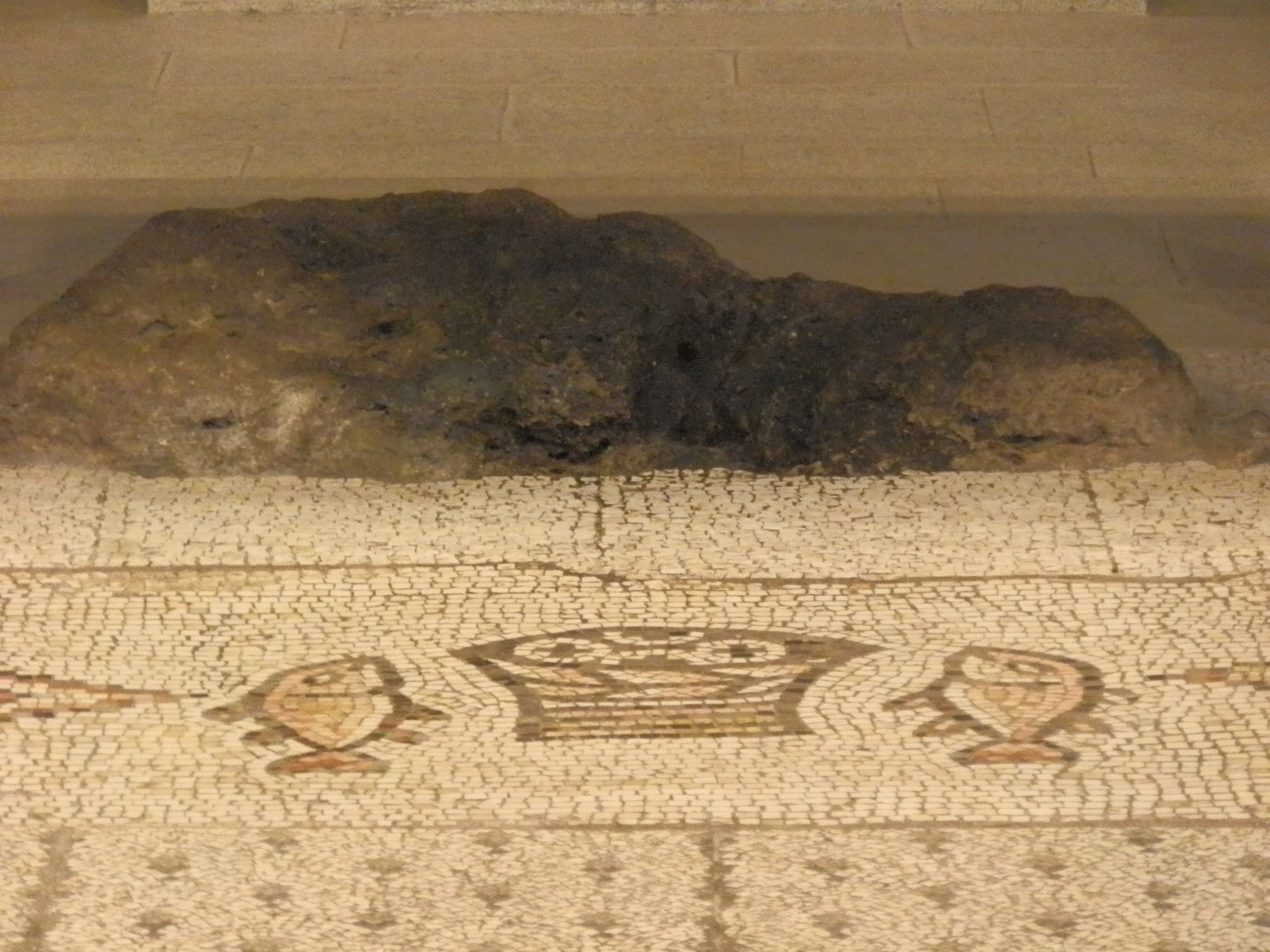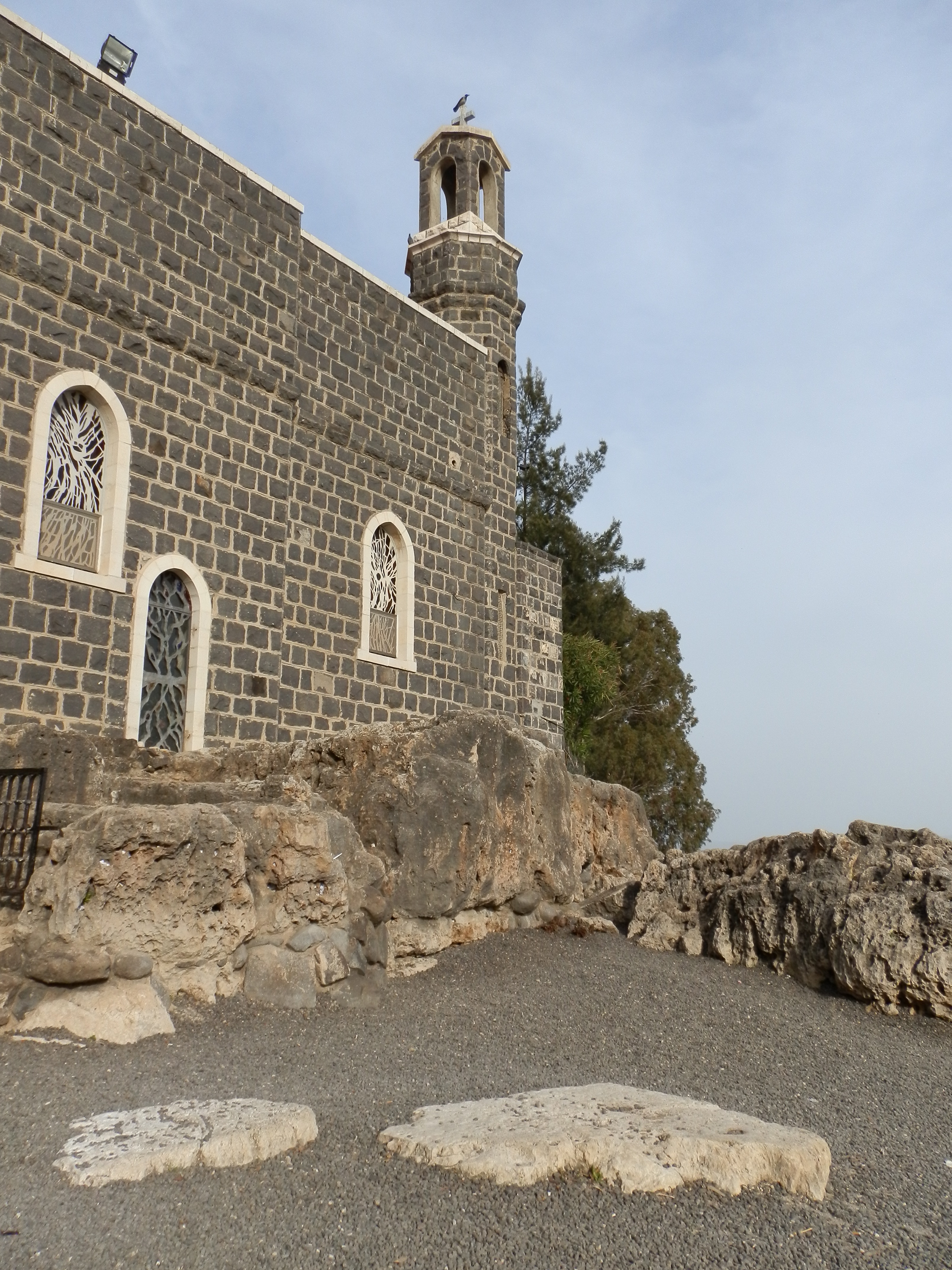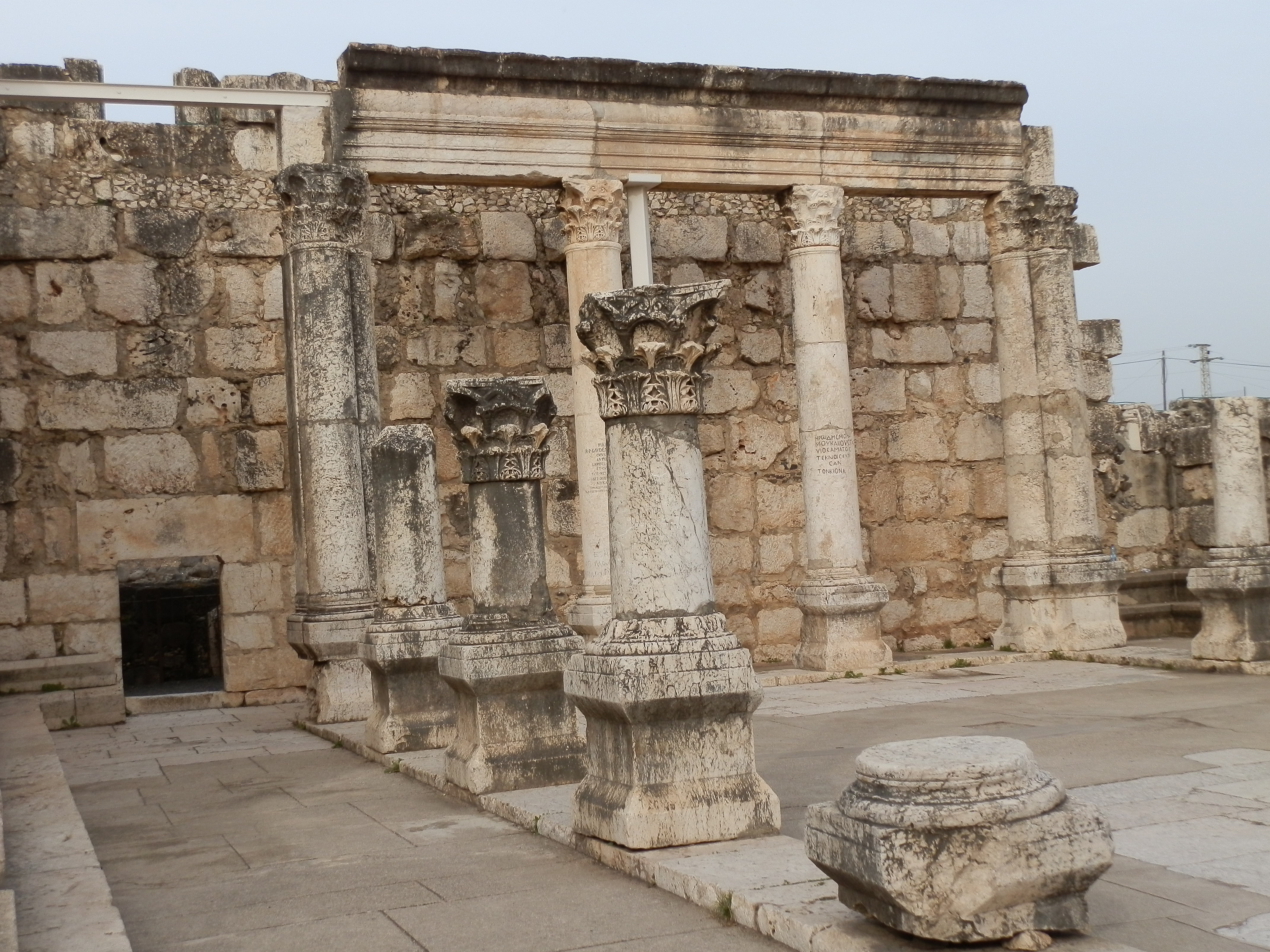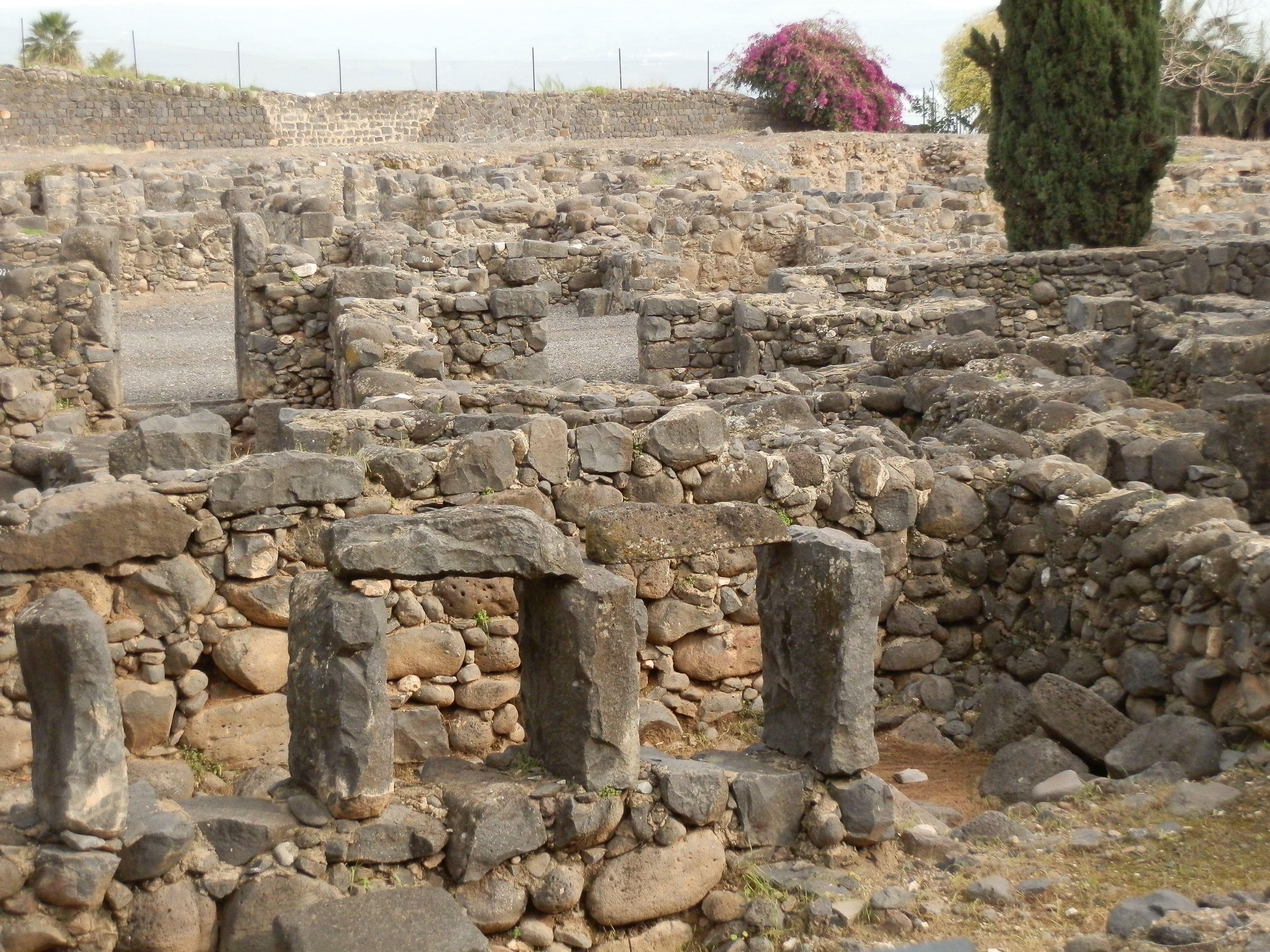The Sea of Galilee, Tabariyya in Arabic, is a body of water located among the hills of the Galilee. As can be noticed from a quick look at a map, the Sea of Galilee is actually not a sea – it’s a lake. Eight kilometers wide and 21 kilometers long, it is one of the lowest-lying lakes on earth (some 210 meters below sea level). Among various sources of water, Tabaryiya is fed by the Jordan River that, after exiting the lake, continues farther south to its final destination, which is the no-outlet Dead Sea.
There are between 18 and 24 different species of indigenous fish in the Sea of Galilee, the most well-known of which is musht, which means comb in Arabic. The name refers to the spiny dorsal fin. The fish is also called St. Peter’s Fish.
Since Byzantine times, the region of the Sea of Galilee has been a place of pilgrimage and tourism since it is associated mainly with Jesus’ itinerant ministry in Galilee. The area offers views of pleasant orchard scenery, sacred sites that commemorate the events of Christ’s life, boat rides on the lake, and delicious fish dishes. Many of these sites are well worth a visit.
Tiberias
The city of Tiberias, named for the Roman emperor Tiberius, was established in the first century by Herod Antipas, son of Herod the Great. The Romans were attracted to this area because it contains a series of hot springs. The ancient city can be found 2.5 kilometers south of the modern city, and its ruins include a basilica, baths, a theater, and a cardo.
In the second century, the city became the center of Jewish life in Palestine. Following the Bar Kokhba Revolt, Jews were banned from Jerusalem by the Romans. Though the Gospel of John refers to the Sea of Galilee as the “Sea of Tiberias,” the gospels do not mention Jesus ever going to Tiberias.
The demography of the city has changed through the years. In 1945, the population stood at 6,000 Jews, 4,540 Muslims, and 760 Christians, with ten residents defined as “others.” The almost complete Arab population of Tiberias, around 47.5 percent of the city’s residents, was evacuated by the British military on April 18, 1948. Near the waterfront are two deteriorated mosques that have fallen into disuse since that time.
Tabgha
The name Tabgha derives from the ancient Greek word Heptapegon, meaning seven springs. Six springs were identified during modern times. Given that some are warm springs, Tabgha is a place rich in fish.
Tabgha contains two serene churches that commemorate important events mentioned in the gospels. The Church of the Multiplication of the Loaves and Fishes is the traditional site that is mentioned in the gospels and contains the famous mosaic that depicts a basket of bread and two fish. The nearby Church of the Primacy of St. Peter was built in 1933 to commemorate the site where Christ named Peter the leader of the church.
Capernaum
The fishing town of Capernaum was the base of Jesus’ Galilean ministry. The gospels describe him calming a storm on the Sea of Galilee and walking on its waters. Today the area contains an extensive archaeological site that includes the remains of a house – said to have been the home of Saint Peter – which was turned into a church by the Byzantines. The site is characterized by the dark basalt rocks used for construction. Archaeological excavations have also revealed two ancient synagogues built one over the other. They are built from limestone, which was transported from an area outside Capernaum.
To learn about various places in Palestine, visit our website at www.visitpalestine.ps, or contact the Visit Palestine Information Center in Bethlehem via
info@visitpalestine.ps
or (02) 277-1992.





